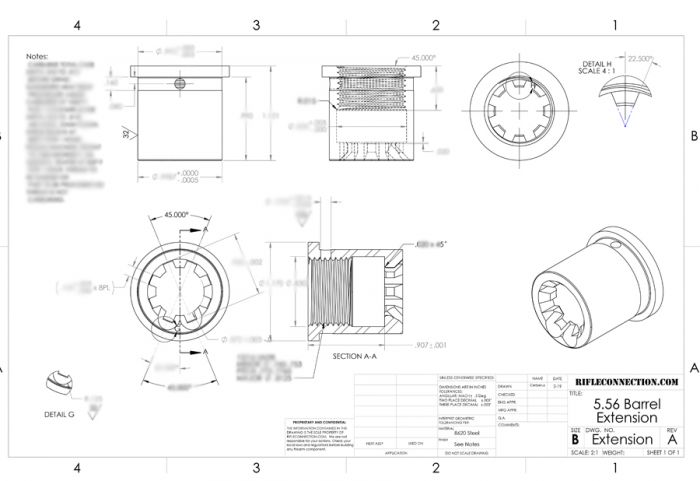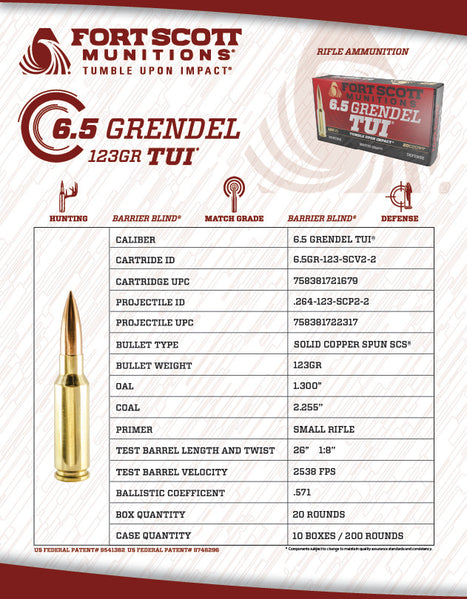My polymer 7.62x39 mags have the same width up top as the Six8 PMAGs. They’re both right around 1.010”.
The orifice for the standard AR-15 upper that mates to the mag well is .920”.
NFA 6.8 upper orifice is 1.020” wide.
My 1st Gen MGI QBC upper seems to have standard mag well orifice. I think the 2nd Gen opened up, but I sold the one I had.

They even tried an M14 mag well back in the day, but it didn’t work.

The orifice for the standard AR-15 upper that mates to the mag well is .920”.
NFA 6.8 upper orifice is 1.020” wide.
My 1st Gen MGI QBC upper seems to have standard mag well orifice. I think the 2nd Gen opened up, but I sold the one I had.

They even tried an M14 mag well back in the day, but it didn’t work.











